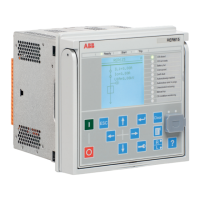Table 535: Positive-sequence impedance values for typical 10/20 kV conductors,
“Flat” tower configuration assumed
Name R1 [Ω/km] X1 [Ω/km]
Al/Fe 36/6 Sparrow 0.915 0.383
Al/Fe 54/9 Raven 0.578 0.368
Al/Fe 85/14 Pigeon 0.364 0.354
Al/Fe 93/39 Imatra 0.335 0.344
Al/Fe 108/23 Vaasa 0.287 0.344
Al/Fe 305/39 Duck 0.103 0.314
Table 536: Positive-sequence impedance values for typical 33 kV conductors, “Flat”
tower configuration assumed
Name R1 [Ω/km] X1 [Ω/km]
ACSR 50 sq.mm 0.529 0.444
ACSR 100 sq.mm 0.394 0.434
ACSR 500 sq.mm 0.0548 0.346
Zero-sequence impedance values
Location of earth faults requires both positive-sequence and zero-sequence
impedances. For short circuit faults, zero-sequence impedances are not required.
The positive-sequence impedance per unit values for the lines are typically known
or can easily be obtained from data sheets. The zero-sequence values are generally
not as easy to obtain as they depend on the actual installation conditions and
configurations. Sufficient accuracy can, however, be obtained with rather simple
calculations using the following equations, which apply per phase for symmetrically
transposed three-phase aluminium overhead lines without ground wires.
R Hz R km
0
50 1 0 14804[ ] . [ / ]≈ + Ω
(Equation 60)
R Hz R km
0
60 1 0 17765[ ] . [ / ]≈ + Ω
(Equation 61)
X
w
r
km
n
en
0
4
2 10 3 0 25≈ ⋅ ⋅ ⋅ +
−
ω
ln . [ / ]Ω
(Equation 62)
Protection related functions
1MRS758755 C
508 REC615 & RER615
Technical Manual

